Box fan is one of the most similar appliances in every household in the summer. But have you ever wondered about box fan wattage? The answer may vary greatly among many types of box fans. However, there is a rule that the bigger the fan, the more electricity it consumes.
This article will point out which fan takes up the least power and which will require the most power.
How Many Watts Does A Box Fan Use?
In principle, the amount of electricity consumed varies greatly depending on the box fan’s size. The big fan, which is 18 – 20 inches, can be placed in a large room and work with a high load of power, up to 80-100W. In contrast, the small fan, which is half the big fan, can only make wind for one person and consumes a minimal amount of electricity, from 25-30W.
In regard to the fan speed, on average, a full-speed box fan requires 73W, while the medium speed consumes 59.5W, and the lowest speed takes up only 47.3W. For a detailed depiction of each type of box fan, let’s jump into specific categories.
20-Inch Box Fan Wattage
The 20-inch box fan is most commonly used among other types of box fans. It is because it generates a high level of wind and can be used in public spaces.
Generally, this large-scale box fan consumes 80 to 100 kilowatts per hour when running at full speed. Sometimes, the fan can reach 220W if it is new and your electricity wire is very strong. When the machine works at the lowest speed, it consumes on average 56W and reaches 70W if leveraged to medium mode.
If you are interested in this large-scale fan, you can take some brands into consideration: the Lasko box fan (110W – 120W wattage) or the Holmes Box Fan (100W wattage).
Small Box Fan Wattage
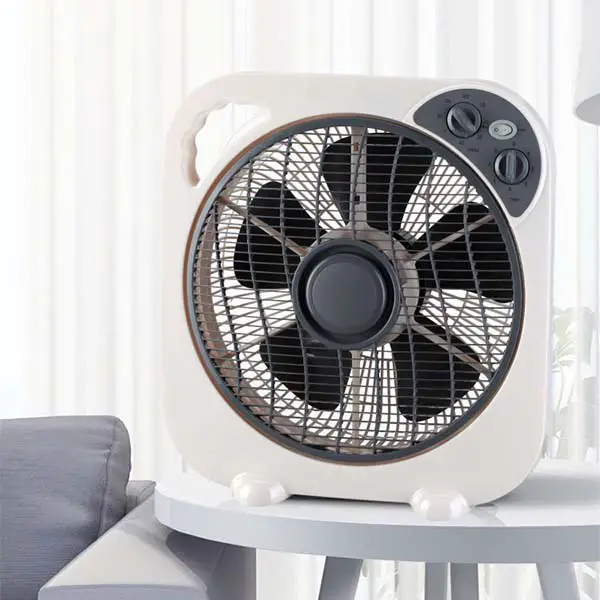
On average, a small box fan takes up only 27W, which is 4W lower than the ceiling fan. The lowest point of this fan is 5W, and the highest point is 45W. Unlike the fixed position of the 20-inch box fan, a small box fan with a scale smaller than 10 inches can be moved around more easily. It is better used for personal purposes than cooling for a group of people.
In comparison with the tower fans, the power range of the small box fan is much shorter because the Towel fan’s power consumption can go down to 1W.
USB Box Fan Wattage
Apart from other box fans, a USB fan is the only fan that runs on a USB connection with the computer, laptop, or mobile phone. The outstanding features of this fan are that it is very small, generates medium cooling air, and best fits one person. As it absorbs power from secondary electric sources, the USB fan can only run with 5W at maximum.
There are various types of USB winnowing-machine. Some types run on the battery charged, and some are imported directly to the electricity sources.
How Much Does Box Fan Electricity Cost?
What Is The Cost Of Running A Box Fan?
For the most part, such mechanical devices like the fan do not consume as much power as the air conditioners. Therefore, the bill for these devices is quite economical. The cost of electricity will depend on the time usage, device wattage, speed mode, and cost of one kWh.
Let’s take the US electricity price, for example; on average, the price for running a box fan is $0.011 per hour for day usage and $0.088 for all night usage. To sum up, you will have to pay 26 cents for this device per day and $1.84 per week.
In addition, the energy costs will differ based on the size of the box fan. With regard to a 20-inch box fan, the normal price is $0.013 cents per hour, a little higher than the common cost. Moreover, the price will be leveraged to $0.104 for overnight and $0.31 for all-day usage.
In contrast to the 20-inch box fan, the 10-inch fan is less energy-consuming as its fee is just half the big fans’. It will take you only $0.004 for normal usage, $0.032 for overnight usage, and $0.10 for 24-hour usage.
How To Calculate The Electricity Cost?
Computing the cost of electricity is no more a big deal when you adopt this simple calculation; here are some steps you can follow up:
Step 1: Collect the data
First and foremost, you must look for the precise rate of your electricity price in your region. As mentioned before, the electric price per unit varies according to the time usage and box fan model. Moreover, determining the right rate will assist you in the following steps.
After the primary data is collected, you should check up on the Watts of power that your fan consumes in one hour. By looking at the index printed on the fan, you can determine how much power your device consumes.
Step 2: Do calculation
Once the data is fully gathered, you can jump into summarizing total wattage usage. The total Watts of power can be computed by multiplying the fan wattage index by the number hour of electricity you use in one day (Wattage x Hours).
In the condition that you want to have the precise cost of the electric bill, you should transfer W into kWh of electricity. This task can be done by dividing the total wattage usage by 1000. After that, you multiply the answer with the price to get the final answer.
How To Save Electricity Costs And Cut Down On Carbon Footprints Of Box Fans?
There is a matter of fact; box fans are more environmentally friendly than other appliances. Suppose you are in favor of reducing the footprint and saving energy. Here are some tips for your fans:
Minimizing the time usage: This is the most straightforward way to tackle the problem. You had better choose a place with the natural wind so that the fan will not have to run at full speed. Furthermore, remember to turn off the fan when not in use. Many people are at fault when leaving the fan running for the whole time and have to pay a lot for that.
Lower the speed: There was research demonstrating that the fan only uses 65% of its power when running on the lowest speed settings and 82% on the medium mode. Therefore, keeping the device at a low speed will save you a bunch of money.
Use energy efficient box fans: It is very easy to find energy-saving fans in any appliance store. You should pick up the device based on the CFM (cubic feet per minute) in order to find the most efficient fan for your home.
Switch to renewable resources: People have the inclination to use green energy for the sake of protecting the environment. Such green sources as solar and wind power can cut down on your bill and limit the footprint on the ecosystem.
Use devices at night: Some electricity providers have a rule that the power price will be lower during off-peak hours. Moreover, demand for electricity decreases greatly at night as people are absent from work. Therefore, you could utilize the nighttime to use your fan; this could help save the cash.
How To Choose The Most Effective Box Fan?
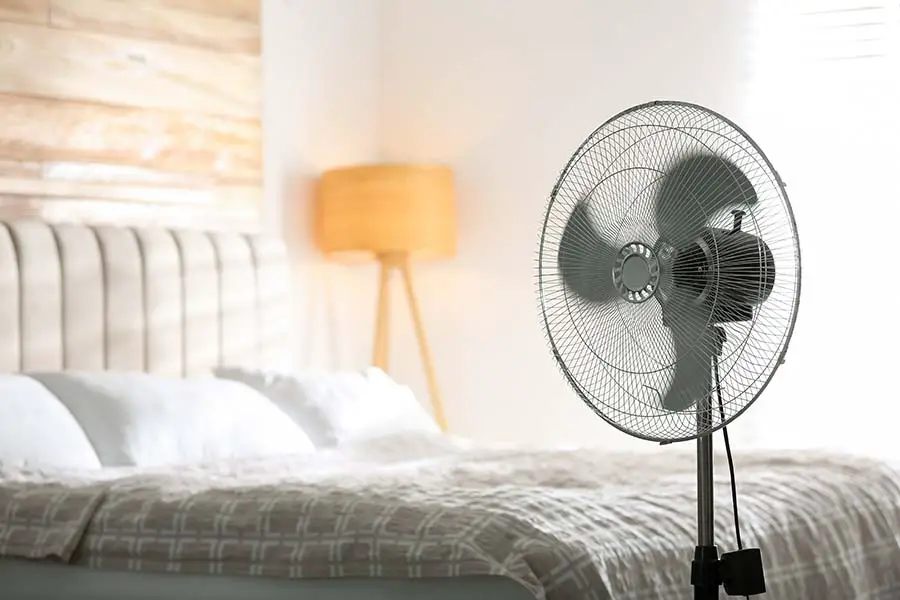
A good box fan has to live up to the mark of energy-efficient and hard-wearing. When choosing the most effective box fan, there are several things that need to be considered:
Power index
Each fan has its wattage rate; it would be better if you estimated the right rate for your general demand. By looking up the wattage index printed on the fan, you can make an evaluation easily.
Sizes
Size has a close relation with energy consumption. The larger the blades, the more energy it will need to operate. When buying a new fan, remember to estimate the dimension of your room so that you can pick up the most suitable one.
Policies Warranty And Maintenance
Apart from other physical dimensions, guarantee policies are also an important backup for your box fan. Normally, a new fan will be guaranteed for up to six months; during that period, any damages can be fixed without a fee. Therefore, remember to ask for a warranty whenever you purchase a new appliance.
Conclusion
In conclusion, on average, a box fan takes up 73W to run at full speed, 59.5W for the medium speed, and 47.3W for the lowest mode. These numbers will differentiate based on the dimensions of each fan.
If you are looking for cost-saving and durable fans, you should look at the CFM and the wattage rate of the devices. The higher the wattage rate, the larger wind it will generate and the more energy it consumes.
Lastly, remember to turn off your fan when not in use; your small action can save your budget and cut down on the carbon footprint.

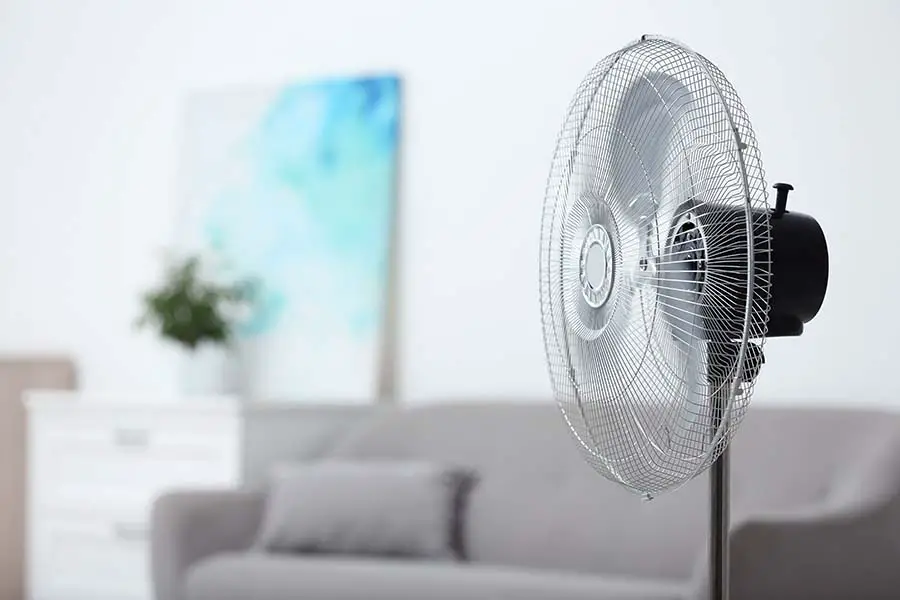

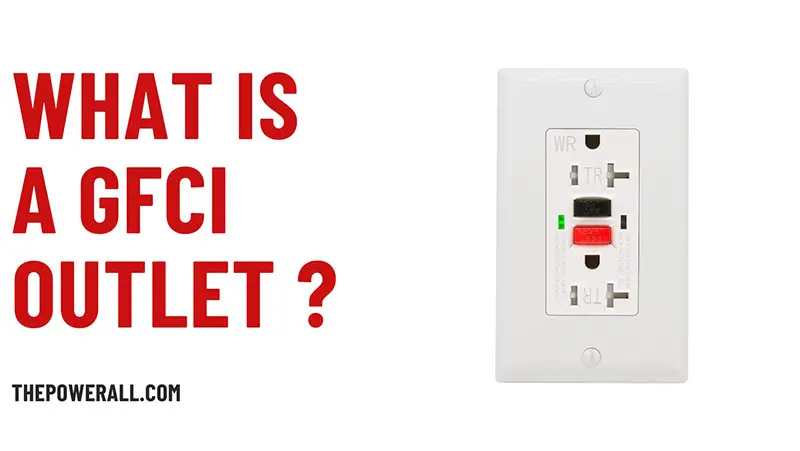

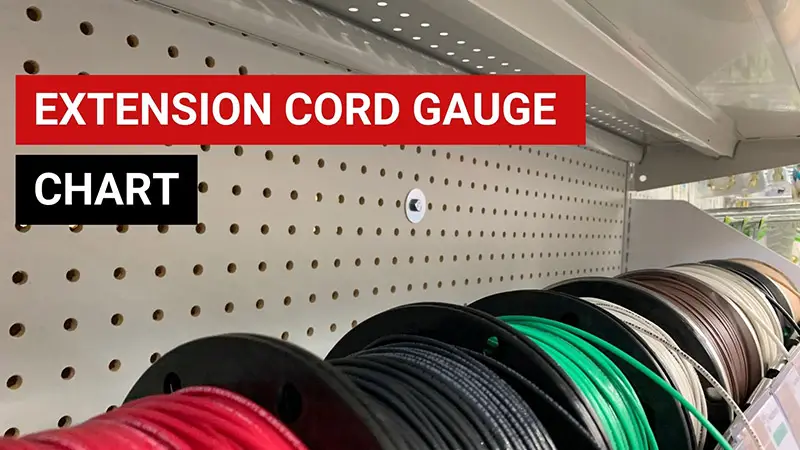



0 Comments